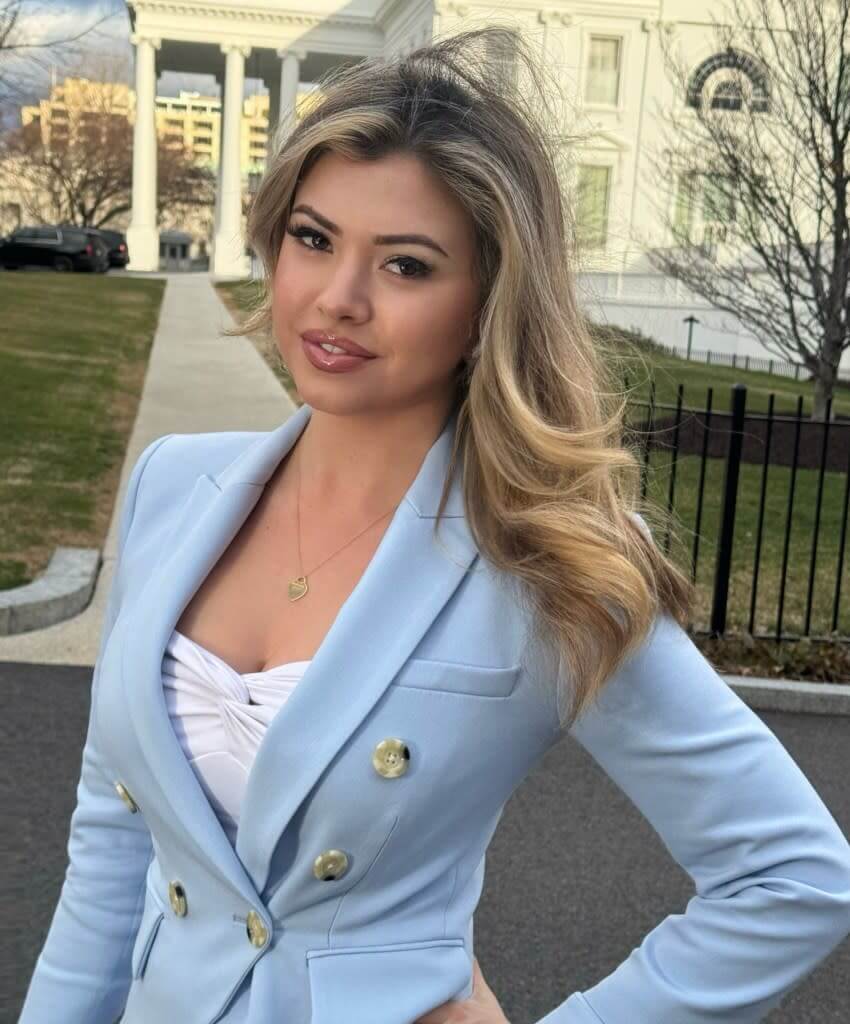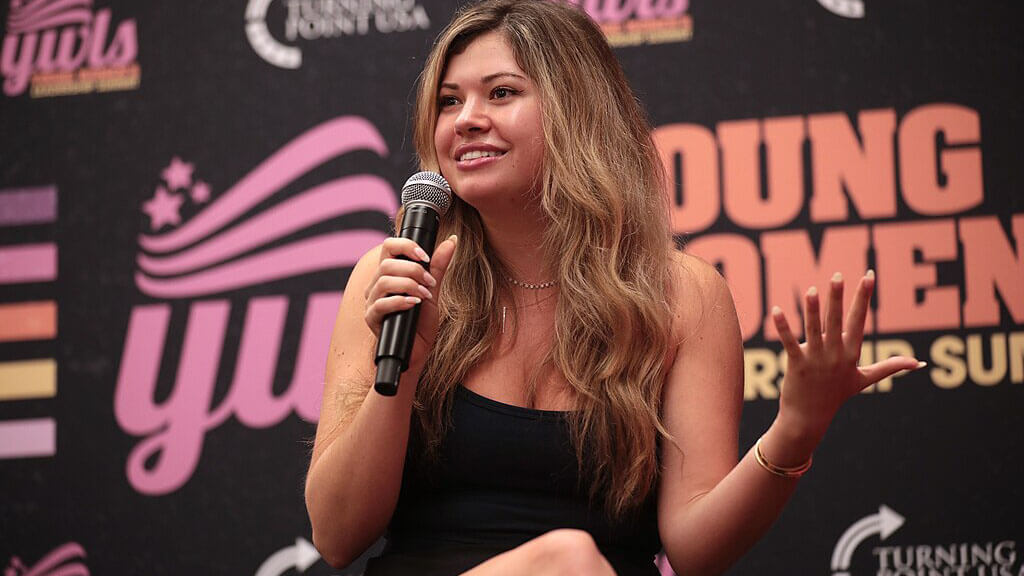
Recent interactions at the White House press briefing room have highlighted the tension between traditional and emerging media representatives, catalyzed by a pointed exchange between CNN's Donie O'Sullivan and MAGA media correspondent Natalie Winters. The encounter occurred during O'Sullivan's feature on the new MAGA media movement, which aired on CNN this Wednesday, exploring the changing dynamics of the White House press corps under the current administration.
The confrontation began when O'Sullivan approached Winters outside the White House with what many conservative commentators have characterized as a condescending question. "To the people—and I'm sure you see this online every single day—who say you don't deserve to be here because you're not a real journalist, what's your response to them?" O'Sullivan asked. The query visibly caught Winters off-guard, though she quickly formulated a pointed response.
Winters, the 23-year-old correspondent and co-host of Steve Bannon's War Room, did not hesitate to counter with criticism of mainstream media's coverage of the previous administration. "I'm pretty sure the group of people in there spent, what was it, four years covering for someone who was essentially dead—and that's being charitable in my description of him—a president by the name of Joe Biden," Winters replied. "So to all those people who are apoplectic over having new media voices, you guys failed, and that's why we're here." This retort created an immediate buzz online and left O'Sullivan momentarily speechless.
Earlier in the same interview, O'Sullivan had posed similar questions to other non-traditional media figures. He spoke with Real America's Voice Chief White House Correspondent Brian Glenn and LindellTV's White House reporter Cara Castronuova, both of whom confirmed their journalist status when similarly questioned. Winters later pointed out that O'Sullivan seemed to take a moment to process their responses, highlighting another awkward pause in the interview.
A Change In The Press Corps
The presence of these new media representatives in the White House briefing room represents a significant shift in press corps composition. The White House press corps has undergone notable changes since the beginning of the current administration in January, with officials welcoming nontraditional media outlets associated with the "Make America Great Again" movement, including Bannon's War Room, Charlie Kirk's Turning Point USA, and Ben Shapiro's Daily Wire.
When questioned further about her role, Winters defended her approach to reporting, stating, "I view my role here more as sort of reporting on not so much the White House, but really the media." She rejected accusations of being a Trump propagandist, insisting: "Our bias is not to be sycophants for President Trump. Our bias is for our audience, which is the working class of America – the people who want to put this country first."
The exchange has intensified ongoing debates about media access and credentials. Traditional White House reporters have expressed concerns that the increased presence of pro-Trump media personalities, who they claim rarely challenge the administration's talking points, has undermined the briefings as a space to relay accurate information and hold the president accountable. Conversely, supporters of these new media representatives argue they provide necessary diversity of perspective in a press corps they view as previously one-sided.
Winters, who has maintained a significant social media following, has been no stranger to controversy during her tenure as a White House correspondent. She became a White House correspondent on January 28 and has since faced criticism not only for her reporting style but also for her appearance Earlier this year, she engaged in a public dispute with the Daily Mail after the outlet published articles commenting on her attire in the briefing room.
In that instance, Winters responded forcefully, stating: "If you want to attack or impugn my work for what I choose to wear, have fun covering my wardrobe choices for the next four years while you sit in a stupid cubicle as a low-level reporter for the Daily Mail. I'll be in the White House press briefing room co-hosting one of the most influential [shows]." This response exemplifies Winters' combative approach when defending her position in the media landscape.
When asked about her relationship with traditional media colleagues, Winters suggested that established journalists are cautious about directly confronting her, saying, "I think they know better than to come after Natalie Winters and the 'War Room' posse," though she acknowledged noticing "the looks, the eye rolls, the conversations that I overhear." This comment further highlights the apparent tension within the press corps.
The full CNN interview with Winters and other members of the so-called White House "new media movement" aired on Wednesday, providing viewers with a glimpse into the evolving dynamics of press coverage during the current administration. The segment has generated substantial discussion across both traditional and alternative media platforms, with interpretations varying widely based on political perspective.
As the administration continues to reshape traditional press access protocols, these confrontations between established media figures and new entrants to the White House press corps may become increasingly common, reflecting broader polarization in the media landscape and American politics as a whole.
Note: This article contains information from various news sources including CNN, Newsweek, and other media outlets that covered the exchange between Natalie Winters and Donie O'Sullivan.






